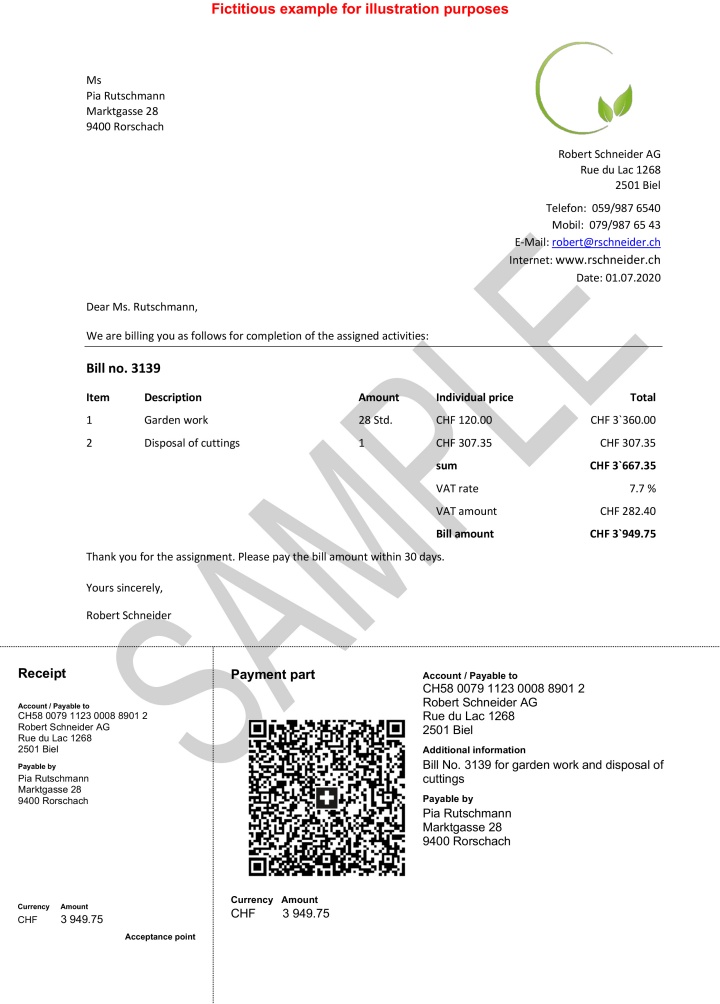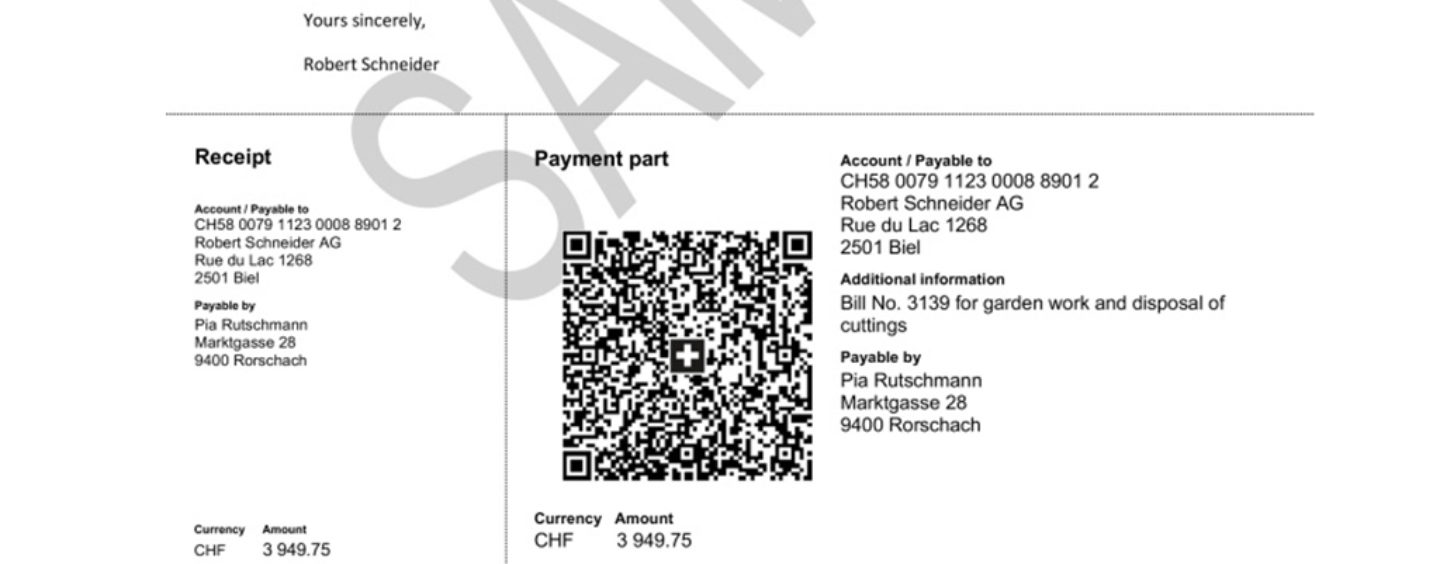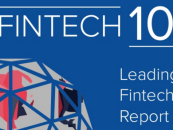The QR-bill is relevant to all companies, government institutions and not-profit organizations as well as Swiss consumers.
That is why it was important to the Swiss financial center to count upon the broadest possible support when designing the QR-bill, and to give all participants in the market a voice. The consultation procedure was aimed at various user groups in order to achieve this. Major bill recipients were given the opportunity to comment on the eight planned changes in workshops. Qualitative interviews were conducted with bank clients who send out large volumes of bills.
Consumers looked at the QR-bill as part of a user test, and expressed their opinion together with valuable suggestions regarding the perforation and receipt slip. The financial center also published all of the changes online as part of the consultation procedure, and invited representatives of various market participants to take part.
Positive Responses from the Market
Many participants expressed appreciation for the opportunity for dialog. Comments were received from every part of the country – from financial institutions, billers, charities, software providers, associations, service providers and consumer representatives. The analysis of the responses and discussions revealed that most of the proposed changes are welcomed.
There were equal numbers in favor of and against “mandatory perforation”, and the response to the receipt slip was slightly positive.
The Changes at a Glance
The following changes are being implemented following the analysis of the consultation procedure:
· Introduction of mandatory perforation for paper-based payments
· Introduction of a receipt slip
· Simplification off structured addresses
· Simplification of combination options for structured references
· No use of “Ultimate creditor” for the time being
· Introduction of an additional, license-free font for those not using Microsoft software
Rather than waiting for a future date, the “Alternative procedures” fields will be available from mid-2020 as originally planned. The biller’s structural information and the “Alternative procedures” fields will be printed in the interests of data protection.
The report on the consultation process and the new implementation guidelines have been published online today at PaymentStandards.CH.
Putting the Technical Requirements in Place
The time until the first QR-bill is sent on 30 June 2020 must be used to make the technical adaptations at banks, software providers and also corporate clients. In addition to e-banking and the banks’ mobile applications, this includes the acceptance points at Swiss Post, as well as the scanning platforms and payment/accounting software at corporate clients. It is important that all bill recipients have the technical capability to process and pay QR-bills by the time they are introduced on 30 June 2020. The QR-bill combines the digital and paper-based worlds, and represent a stepping stone from the payment slips we have today to electronic billing.
The financial center firmly believes that the QR-bill has the potential to make payments more efficient, and therefore less time-consuming and more cost-effective for all market participants.

Text is a copy from a press release from SIX






